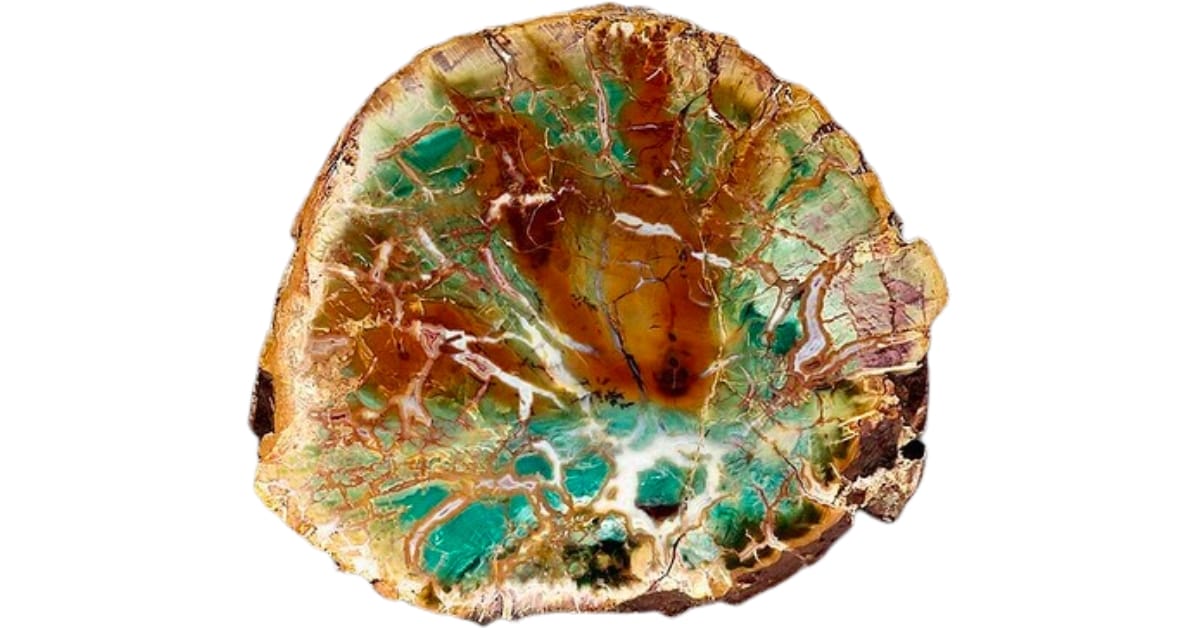While it’s often celebrated for its rich cultural heritage and warm Southern hospitality, Mississippi has a somewhat limited diversity in its geological makeup. Despite this, there are still different rocks and minerals found in Mississippi.
From the fossil-rich exposures along the Mississippi River bluffs to the Petrified Forest in Flora, where ancient trees have turned to stone, our state is a testament to the incredible transformations that occur over geological time scales.
Whether you’re an avid rockhound or simply someone with a keen interest in the natural beauty that lies beneath our feet, the different types of rocks found in Mississippi will entice you and we can’t wait to share them with you!
The Common Rocks, Stones, and Minerals Found in Mississippi
If you liken Mississippi’s geological tapestry to an art form, it will be a rich mosaic of rocks, stones, and minerals that paint a vivid picture of our ancient past. We’ve created several helpful guides that will help you see this mosaic for yourself:
Mississippi Rock, Mineral, and Gem
Before we delve into the vast array of geological wonders found across our state, let’s first get to know the natural wonders that Mississippi is most known for:
| Mississippi State Rock | Petrified Wood |
| Mississippi State Gem | Mississippi Opal |
If you’re planning on heading out here, it’s important to familiarize yourself with our local collecting guidelines before starting your exploration. Check out the Mississippi Department of Environmental Quality (MDEQ) website for more information.
Always Confirm Access and Collection Rules!
Before heading out to any of the locations on our list you need to confirm access requirements and collection rules for both public and private locations.
These requirements are subject to change without notice and may differ from what we state below.
Always get updated information directly from the source ahead of time to ensure responsible rockhounding.
Chert
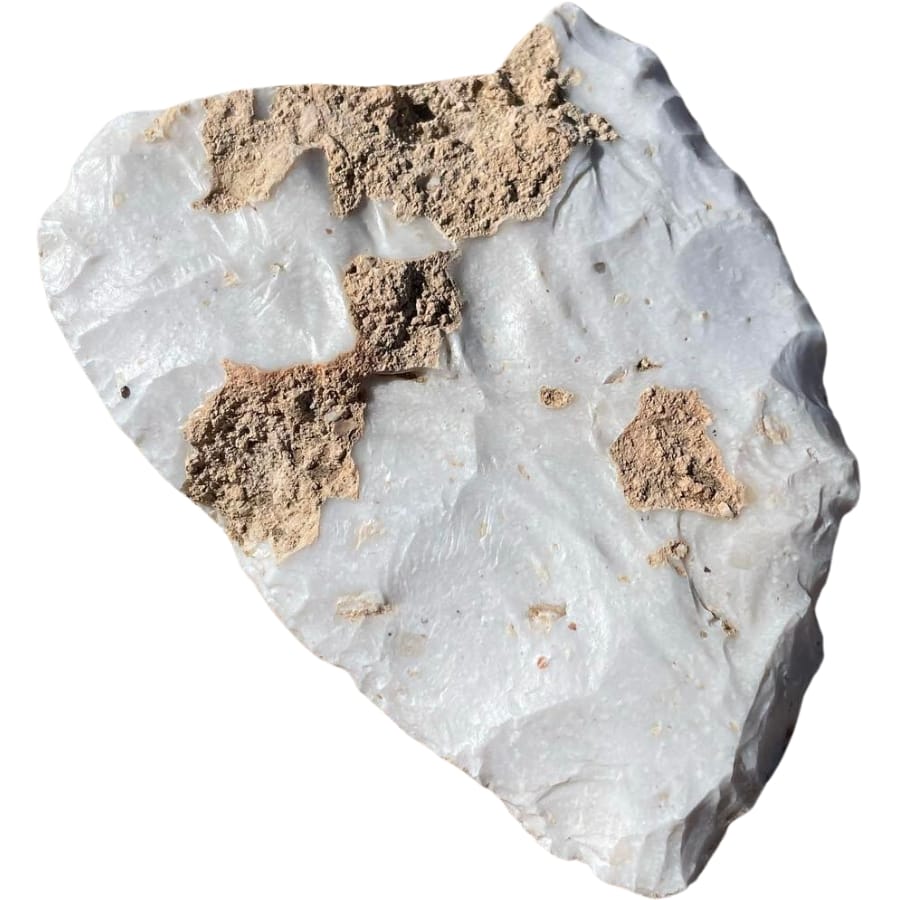
Chert looks glassy and can come in colors like white, black, brown, or even green. It’s made when tiny pieces of silica get squished together under the ground.
This happens in places like the bottom of old lakes or oceans where lots of tiny creatures with silica in their bodies have settled after they pass away.
You can find chert in places where there used to be water a long, long time ago. Sometimes, it forms big layers in the ground or appears as chunks and nodules in other types of rocks.
People have found chert super useful for thousands of years. Because it breaks with a sharp edge, folks in the past made tools and weapons out of it, like arrowheads or cutting tools.
Today, people still value chert for collecting or making jewelry. Plus, it can tell us a lot about what places were like a long time ago, like whether there was water there or what kind of little creatures lived in it.
Where you can find chert in Mississippi
There are several locations where you can find chert here, such as:
- Middle Fork
- Green Brothers Gravel Washing Company
- Walthall Gravel Washing Company
Ocher
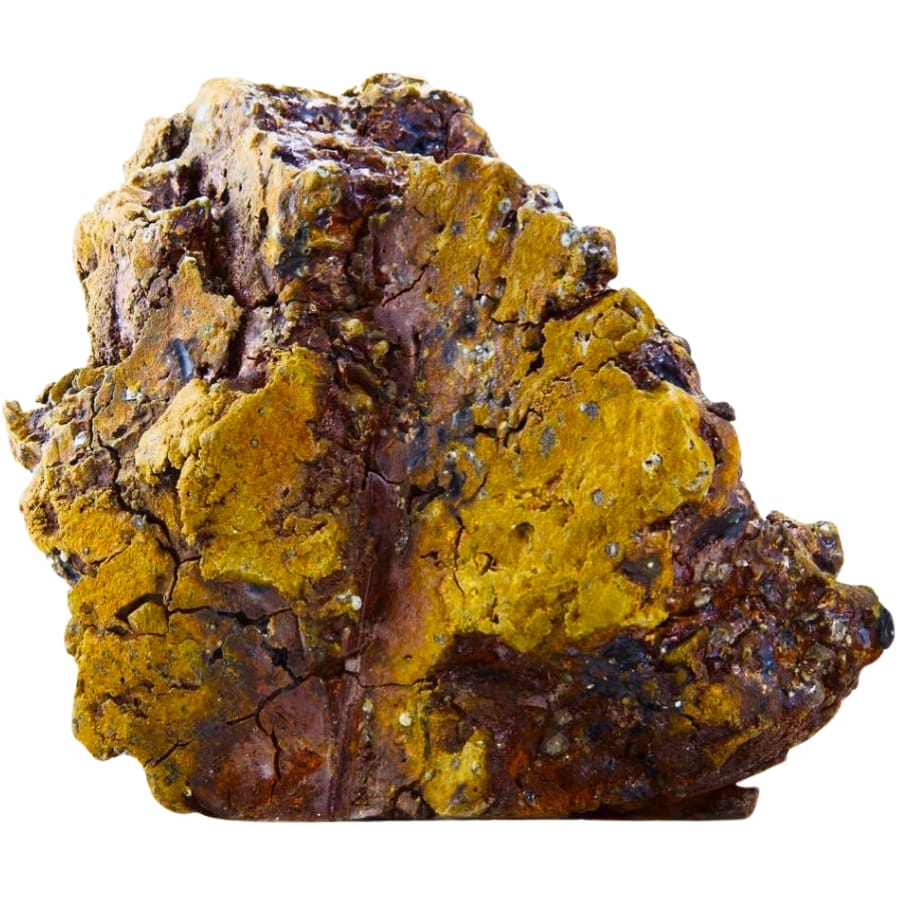
Ocher is not exactly a rock, but it’s not just dirt either. It’s made from natural clay that’s full of minerals, especially iron oxide, which gives it beautiful yellow, red, brown, and orange colors. Imagine the colors of a sunset; that’s what it can look like!
This colorful clay forms in places where iron-rich rocks have broken down over time because of weather, like rain and wind. When these rocks crumble, they mix with other soils and form ocher.
You can find it in many parts of the world, often near old riverbeds, lakes, or areas where water used to flow a long time ago.
Ocher is valued for its gorgeous colors. For thousands of years, it has been used to paint things— from cave walls by ancient humans to beautiful artworks and buildings.
It’s also been used to dye fabrics and even in makeup. It’s a natural color that lasts a long time without fading.
Where you can find ocher in Mississippi
You can find red and yellow ocher at the extensive deposits in the Iuka area.
Sioux Quartzite
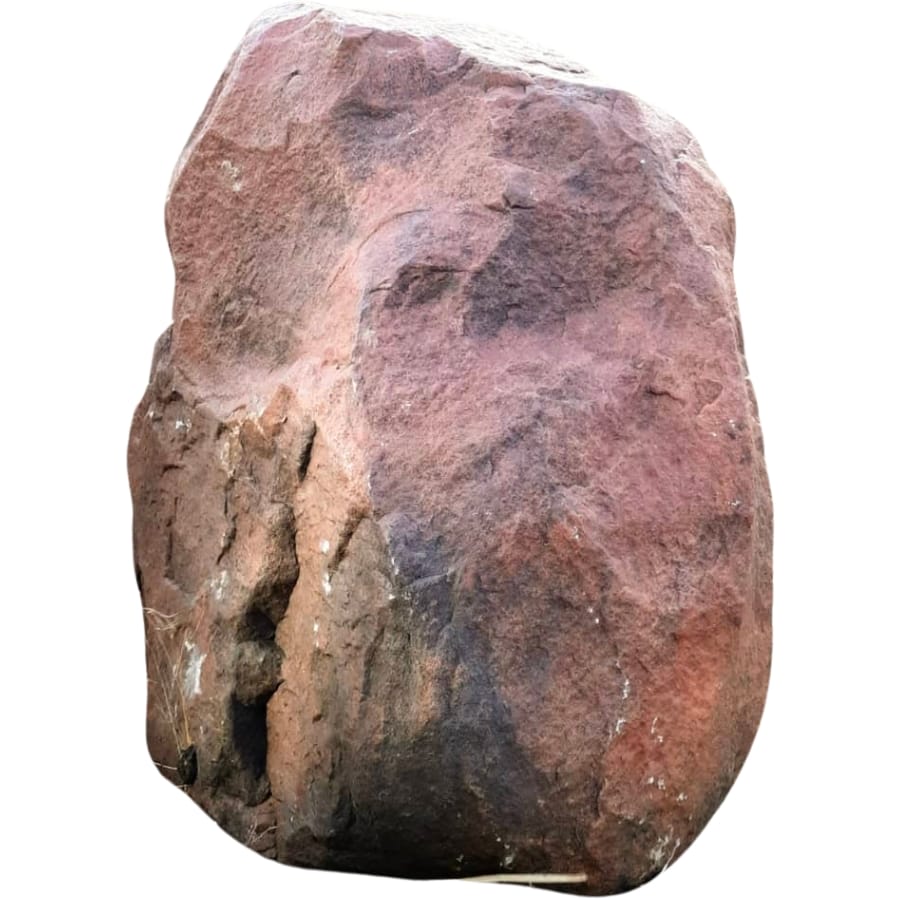
Sioux quartzite is mostly pink, red, or purple. It’s made almost all out of quartz, one of the hardest minerals around.
Sioux quartzite started out as sand, but over a very long time, it got squished and heated up so much that it turned into this hard rock. This process happened millions of years ago, when the sand was deep under the ground and got pressed together.
It’s found in some parts of the USA in states like South Dakota, Minnesota, Iowa, and of course, Mississippi. It’s not just lying around everywhere, but in these areas, you can see it in cliffs and quarries, standing strong against the weather.
Since it’s so hard, it doesn’t wear away easily, sioux quartzite is great for things like countertops, buildings, and even art. Back in the day, it was used for making tools and grinding grains, too.
Aside from its strength, it also has beautiful colors. It can make places look pretty and last a long time, which is why it’s been valued for years and years.
Where you can find sioux quartzite in Mississippi
You can find sioux quartzite along the Mississippi River.
Flint
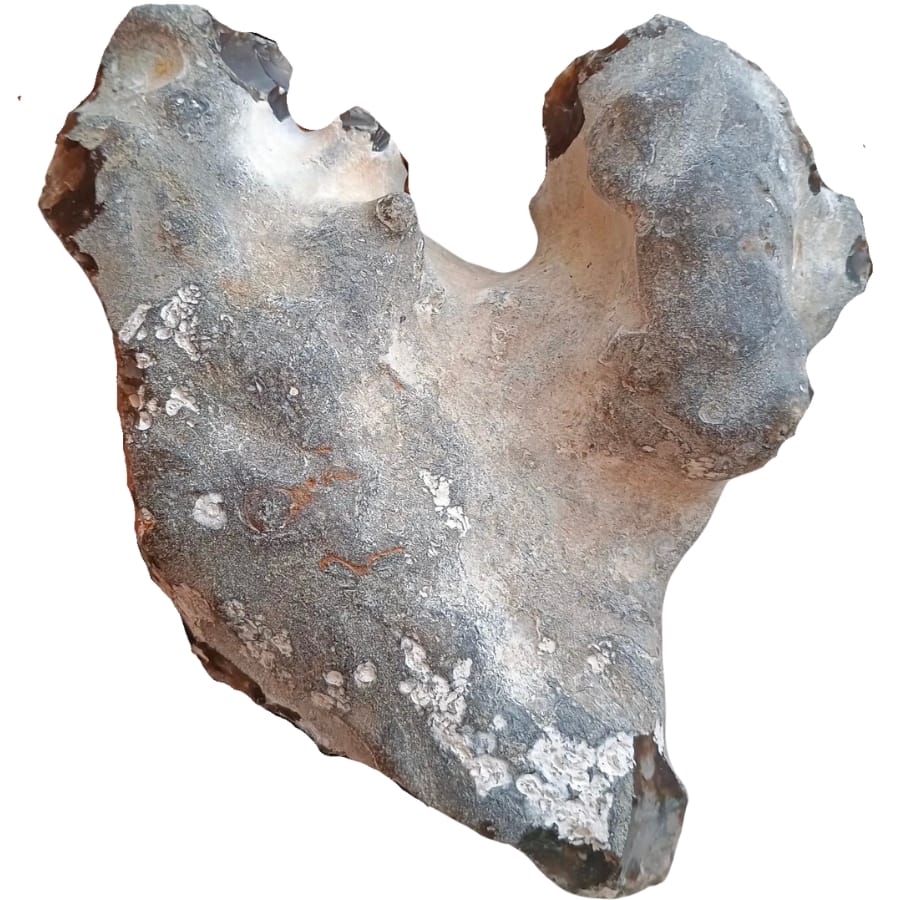
Flint is a type of quartz that’s found in dark gray, black, green, or even white. It starts as a soft, squishy material at the bottom of ancient seas or lakes. Over a long time, this material gets transformed into hard, shiny flint.
One of the neat tricks about identifying flint is looking for its glassy appearance and checking if it breaks with a sharp edge. This is called conchoidal fracture, and it means that when it breaks, it kind of looks like the curve of a seashell.
You can find flint in many places, especially where there were once old seas or lakes. Often, it’s found in chalk or limestone areas because that’s where it formed a long, long time ago.
In the past, it was the go-to material for making tools and weapons like arrowheads, knives, and scrapers because it can be shaped into really sharp edges.
Even today, flint is appreciated by those who are into traditional skills, like making fires the old-fashioned way, because striking flint against steel can create sparks.
Where you can find flint in Mississippi
To find flint here, you can explore Flint Creek Water Park and the Hammett Gravel Company Zieglerville pit.
Gold

Gold is a shiny, yellow metal that doesn’t rust or tarnish, which means it stays shiny forever. It forms deep underground when magma moves up towards the surface. As it cools down, gold can get trapped in the rocks’ cracks or spaces.
You can find this mineral in streams and rivers where it gets washed down from the mountains. It’s also found deep underground, locked away in rocks. Sometimes, it’s mixed in with other minerals or you can find it in pure chunks or nuggets.
Gold has been valued for a long time because it’s so pretty and doesn’t get damaged easily. Long ago, people started making jewelry and coins out of it. It’s also used in fancy electronics today because it’s good at conducting electricity.
Gold is also valued not just because it’s useful but also because it’s rare and beautiful. It’s been a symbol of wealth and success for thousands of years.
Where you can find gold in Mississippi
You can find gold hiding in rocks at the Mississippi River and on beaches near the Gulf of Mexico.
Geode
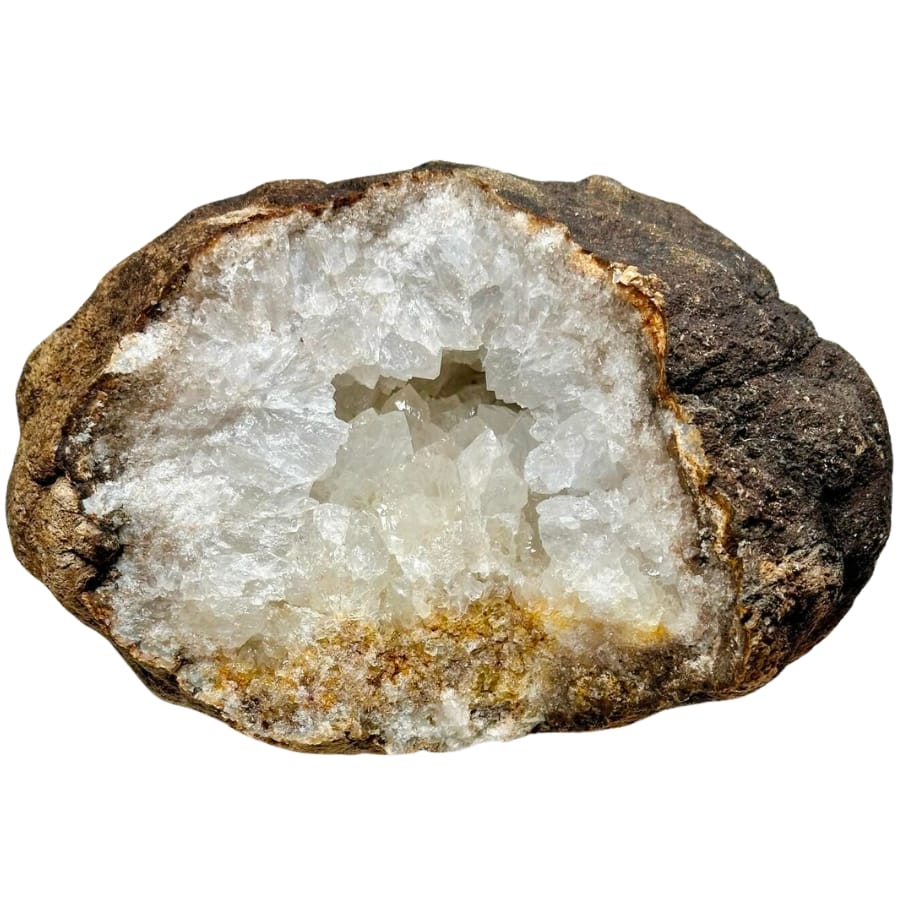
Geodes are like nature’s treasure chests— on the outside, they look like ordinary rocks, but inside, they’re filled with beautiful crystals!
They start as bubbles in volcanic lava or as spaces in sedimentary rocks. Then, mineral-rich water seeps into these hollow spaces. As the water evaporates, it leaves behind minerals that grow into crystals. The type of crystal depends on the mineral in the water, so each geode is unique.
You can find them in areas that had volcanic activity or where sedimentary rocks are common. They’re often discovered in deserts, riverbeds, or places where ancient volcanoes used to be.
The value of geodes comes from its beauty and uniqueness. People love cutting them open to see the surprise of crystals inside. The crystals can be quartz, amethyst, or other minerals, and they sparkle in the light.
This makes geodes popular for decorating homes, making jewelry, or just as special rocks to collect. Teachers and parents also use them to get kids excited about science and nature because who doesn’t love cracking open a rock to find crystals?
Where you can find geode in Mississippi
You can find amazing pieces of geodes with different crystals at the Mississippi River.
The Gemstones Found In Mississippi
Mississippi might not be the first place you think of when it comes to dazzling gems, but it’s home to a surprising variety of gems that offer a glimpse into the natural beauty beneath our feet. To find them, here’s a guide that you can check out:
Agate
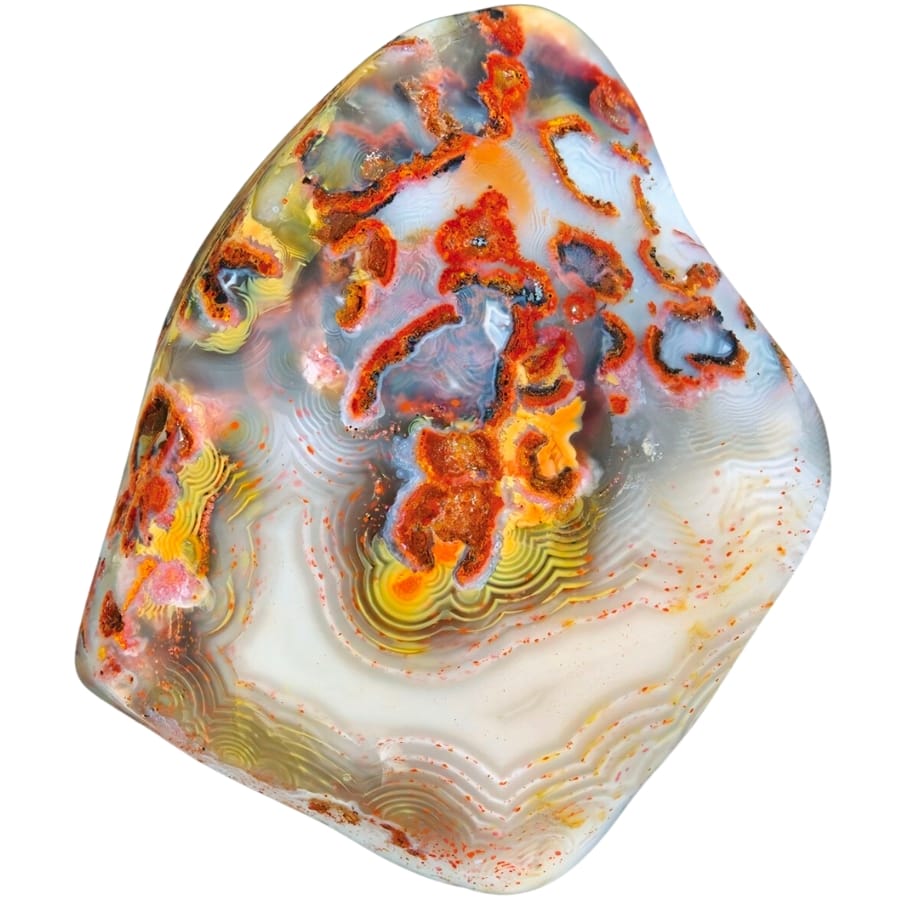
Agate is all about colors and patterns. It forms when silica, a mineral that’s in sand, gets into cracks in rocks. Over time, this silica settles in layers, making stripes, spots, or other neat designs.
In Mississippi, you can find agates with all sorts of patterns. Some might be clear with stripes, while others could have a mix of red, brown, or even green colors. Each one is unique, which makes hunting for them extra fun.
This gem forms in different kinds of rocks, especially in areas where there used to be volcanic activity or where water has moved rocks around.
The value of agates comes from its beauty and how it can be used. People cut and polish them to make them shine, then use them in jewelry or as decorations for homes. Because every agate is different, having one can feel really special.
Agates can also help us learn about the past. The way they’re formed can tell stories about what the environment was like a long, long time ago.
Where you can find agate in Mississippi
Agates are pretty widespread in our state, and among the areas where you can find them are:
- Bell Creek
- Traxler Gravel Washing Company
- McCall Creek area
Jasper
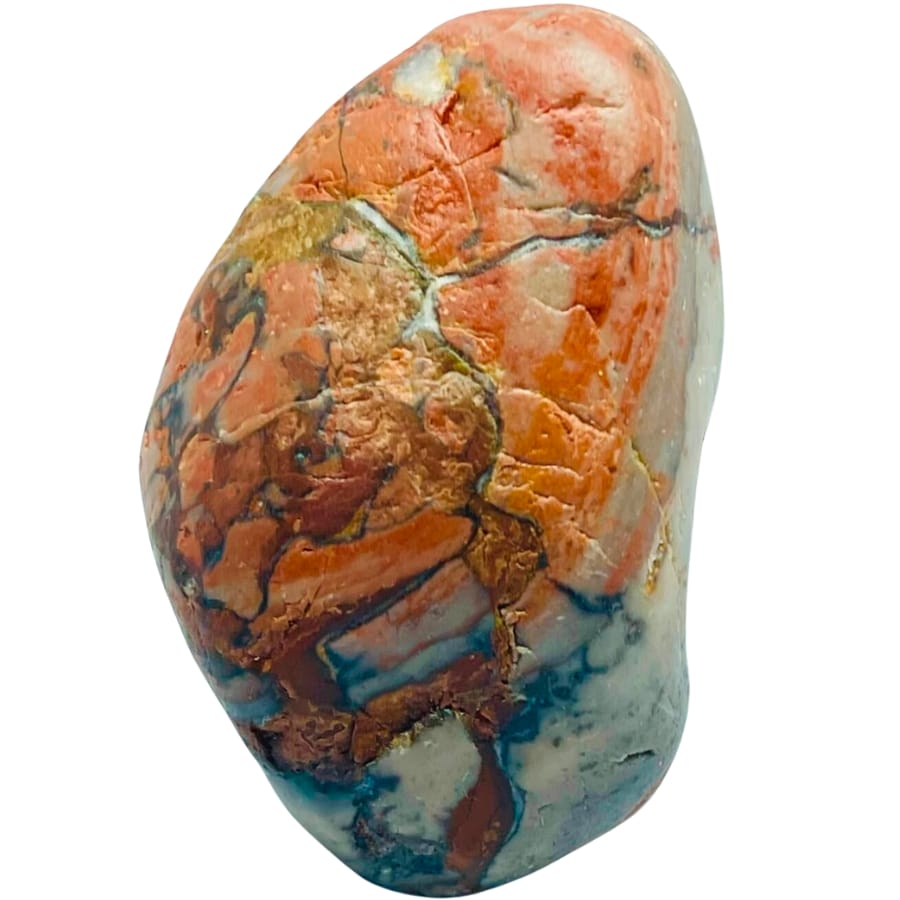
Jasper is part of the quartz family. It’s known for being colorful and can have patterns like stripes, spots, or even pictures that look like landscapes!
It forms when tiny bits of mineral material get mixed up with silica and then harden into rock. This process fills in gaps and cracks, making jasper solid and smooth.
When you explore here, you might find jasper in a bunch of different colors, like red, yellow, brown, or green. Each piece has its own unique look, which makes collecting them more exciting.
The value of jasper comes from its beauty and how we can use it. Artisans and crafters love to polish it and turn it into jewelry or decorative items for homes. Its smooth surface and rich colors make it perfect for creating pieces that stand out.
Jasper is also valued for being a part of history. For a long, long time, people have used it for carving and making special objects. It’s a connection to the creativity and skill of those who lived long before us.
Where you can find jasper in Mississippi
To uncover pieces of jasper, you can search through the Biloxi Creek and the Mississippi Petrified Forest.
Moonstone
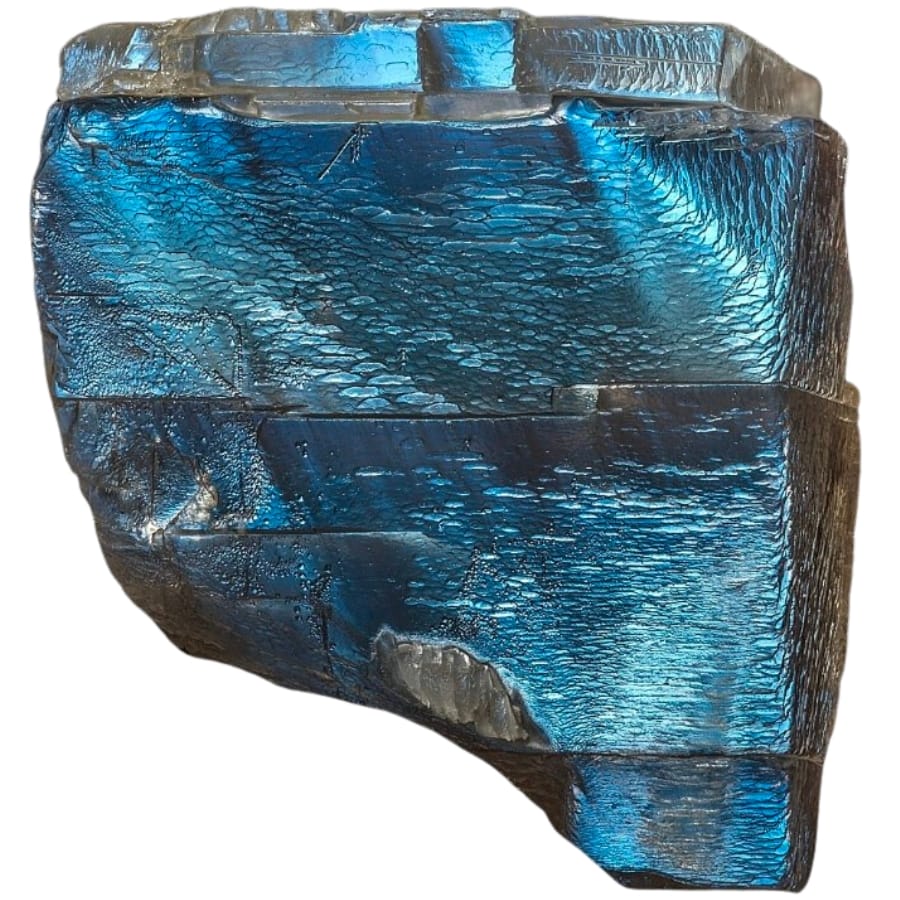
Moonstone seems to glow from the inside, like moonlight shining on water. It’s part of the feldspar family, which is a group of minerals that makes up a lot of the rocks around us. It comes in blue, peach, white, and even rainbow colors.
It’s made when minerals cool down slowly and mix in just the right way. This slow cooling lets layers form inside the stone, and these layers scatter light to create a glowy effect called adularescence.
The worth of moonstone comes from its unique beauty and the way it seems to change when you move it around. It can look like there’s a bit of moonlight trapped inside, which has made people love it for centuries.
People value moonstone for jewelry because it adds a touch of mystery and elegance. It’s also believed by some to bring good luck and peace.
Moonstone has a long history of being admired and used in different cultures. It’s been part of stories and legends, often connected to the moon and its magic.
Where you can find moonstone in Mississippi
You can find breathtaking pieces of moonstone along the shorelines and in the Mississippi River itself.
Opal
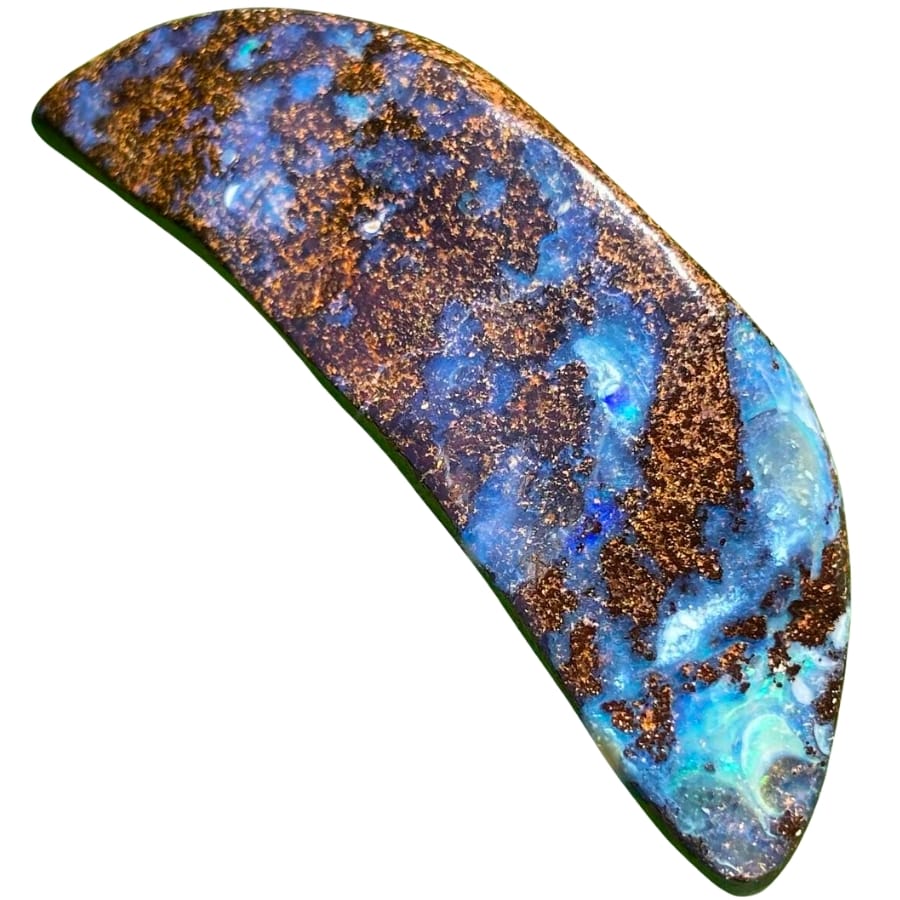
Opal is made from silica with water inside. These tiny water droplets got trapped in silica over a long time, and that’s how this gem formed. This process happens in places like cracks in rocks.
It can show so many colors all at once. When light hits an opal, it bounces around inside and comes out as flashes of rainbow colors. This amazing property is called play-of-color, and it’s what makes opal stand out from other gems.
Opal’s value comes from its unique beauty and the way it shines with all those colors. No two pieces are exactly the same. When it’s used in jewelry, it adds a splash of color and magic.
Besides being beautiful, opals are also valued because they’re rare. They’re only found in a few places around the world, which makes them even more special.
And, for a long time, people have believed opals can bring good luck and happiness, adding to their appeal.
Where you can find opal in Mississippi
You’re lucky because opal is quite abundant in Mississippi. Among the different places you can find here are:
- Mill Creek
- Mississippi Petrified Forest
- Claiborne
Carnelian
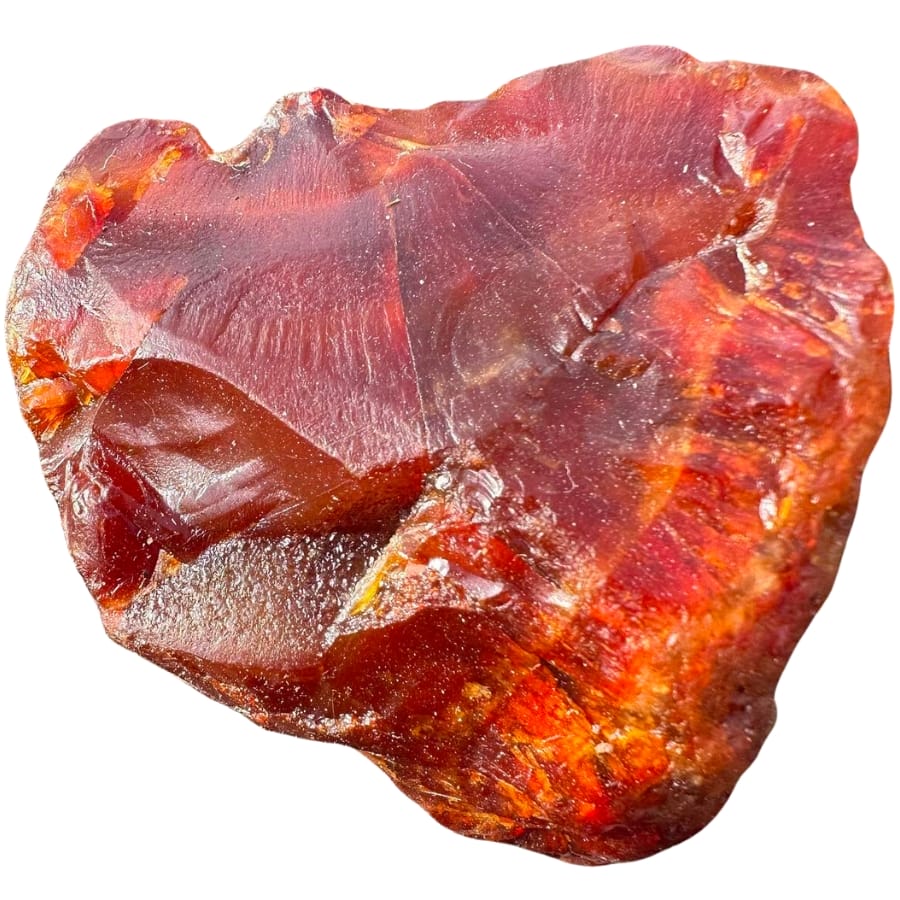
Carnelian comes in orange, red, and sometimes even pink or brown. It’s a type of quartz, and what makes it special is the iron inside that gives it those warm colors.
It forms when silica-rich waters seep into the ground and harden over time, with the iron adding that splash of color.
This gem is found in lots of places around the world, usually in areas where volcanic rocks are present. When people find carnelian, it’s often in the form of small pebbles or larger rocks that can be cut and polished to show off their color and shine.
Carnelian’s price isn’t just about how it looks; it’s also valued for its history and meaning. For thousands of years, people have used it to make jewelry and decorations because they love the warm, sunny vibe it gives off.
Artists and crafters like working with carnelian because it’s not too hard to shape, but it’s still durable enough to last a long time in jewelry. Plus, its bright colors can make any piece stand out.
Where you can find carnelian in Mississippi
The Mississippi River is a treasure trove for those who’d like to uncover beautiful carnelian pieces.
The Crystals Found In Mississippi
Did you know that there’s a surprising diversity of crystalline wonders in Mississippi, too? Let’s explore how these beautiful crystals came to be and where you might encounter them here.
And if you want to hunt for them, here’s a guide that we created to help you:
Chalcedony
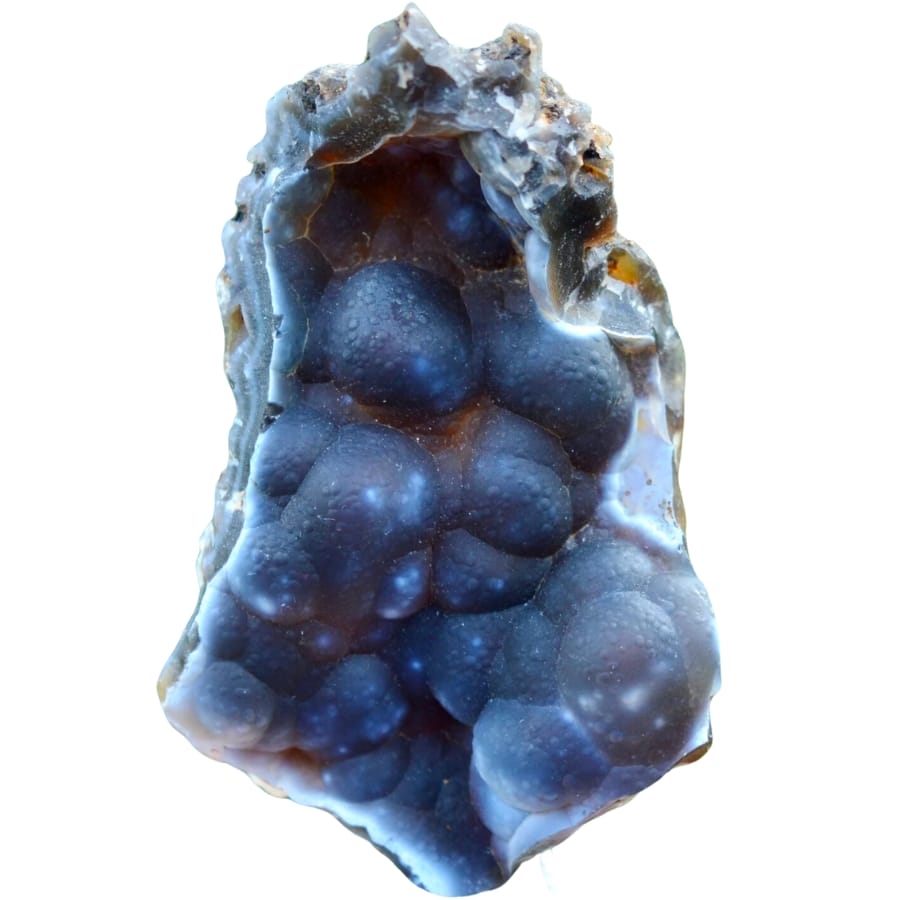
Chalcedony is a part of the quartz family. It’s not just one color; it can be blue, pink, white, or almost any color you can think of! It’s made from tiny crystals so small you can’t see them without a microscope.
It forms when silica-rich water flows through rock cracks or spaces underground. Over time, this water evaporates, and the silica left behind turns into chalcedony. This can happen inside volcanic rocks or around hot springs.
The value of chalcedony comes from its wide range of colors and patterns. People have loved it for a long time because it’s not just pretty to look at; it also feels smooth and cool to the touch.
Besides being beautiful, chalcedony is also believed to have calming properties. Some folks think it can help you feel more peaceful and positive.
Where you can find chalcedony in Mississippi
If you want to find chalcedony, you can search through the gravel pit in Wesson area and at the Mississippi Petrified Forest.
Quartz
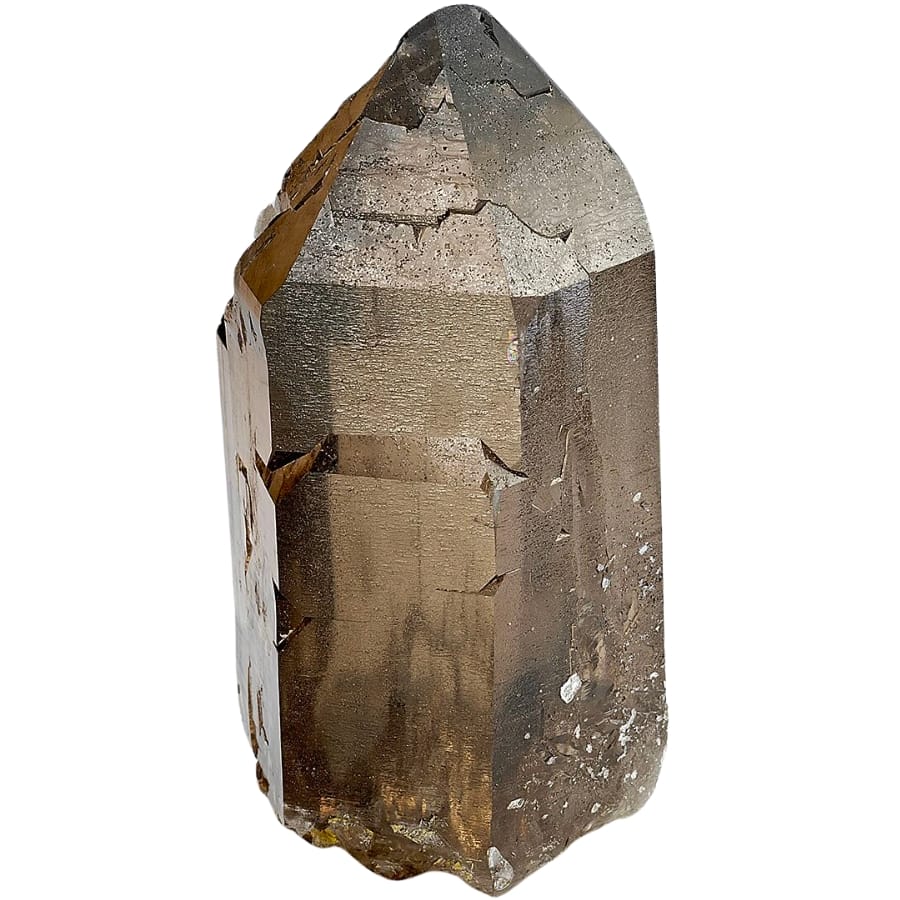
Quartz may be super common but that doesn’t make it any less special. It’s made from two of the most common things around: silicon and oxygen. It can form deep underground or even at the Earth’s surface if the conditions are just right.
This crystal comes in a bunch of different colors, from clear and colorless to pink, purple, yellow, and even black. The color depends on tiny bits of other stuff that get mixed in while the it is forming.
The worth of quartz comes from its versatility and beauty. It’s super hard and durable, which makes it perfect for making jewelry that can last a long time.
Quartz is also used in watches and clocks because it can help keep time really accurately.
People also value quartz for more than just its looks or its usefulness in making things. Some believe that it has special properties, like the ability to help you focus or feel better.
Where you can find quartz in Mississippi
Since it’s quite common, you can find quartz in several areas in our state, including:
- Catahoula Formation
- Homochitto River
- Mississippi Petrified Forest
Gypsum
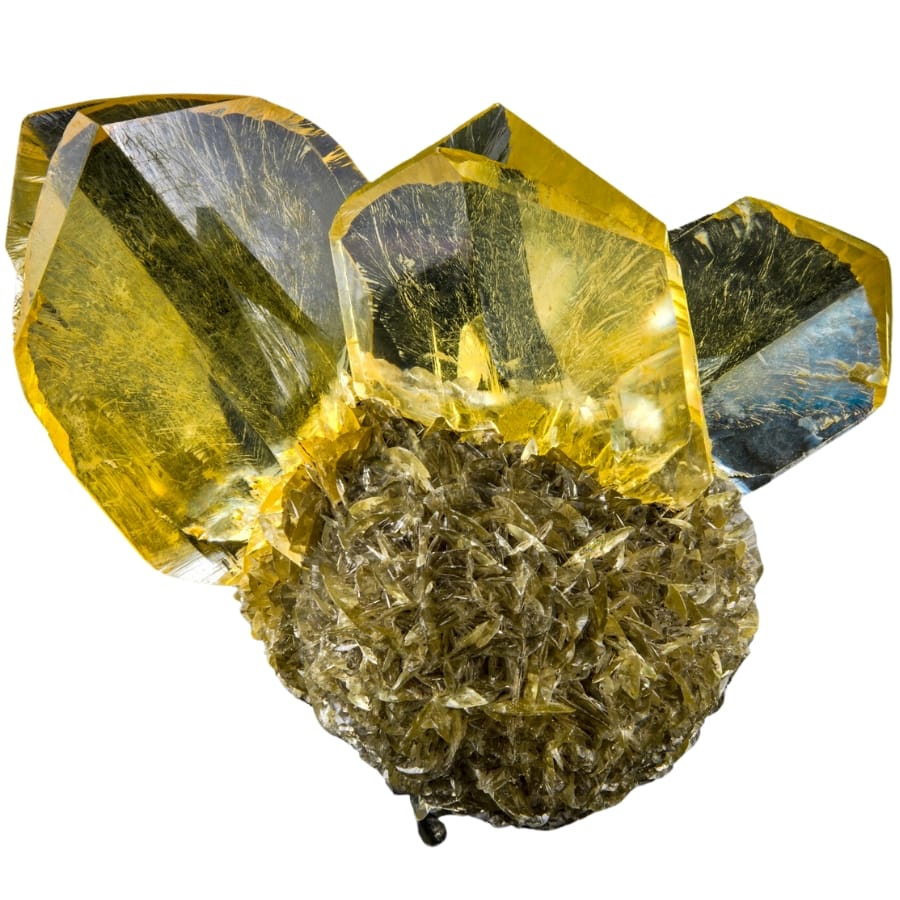
Gypsum is soft enough to scratch with your fingernail. It’s made from calcium sulfate and water. It forms when water flows through rocks and picks up calcium and sulfate along the way. When this water evaporates, it leaves behind gypsum crystals.
This often happens in places like lakes, sea beds, or hot springs where water can collect and then dry up.
Gypsum can be clear and colorless, but it can also be white, pink, or even have a bit of yellow. It forms in some pretty cool shapes, too, like the “desert rose,” which looks like a flower made out of crystal.
One of the biggest uses of this crystal is in making drywall for buildings, which most people call “sheetrock.” It’s also used to make plaster for art and construction. Plus, farmers use ground-up gypsum to help improve soil for growing crops.
Collectors also enjoy finding different kinds of gypsum crystals because of their shapes and colors. And, because it’s so soft, it’s easy to carve into shapes.
Where you can find gypsum in Mississippi
Rockhounds have reported finding gypsum when they explored Lamar County.
Marcasite
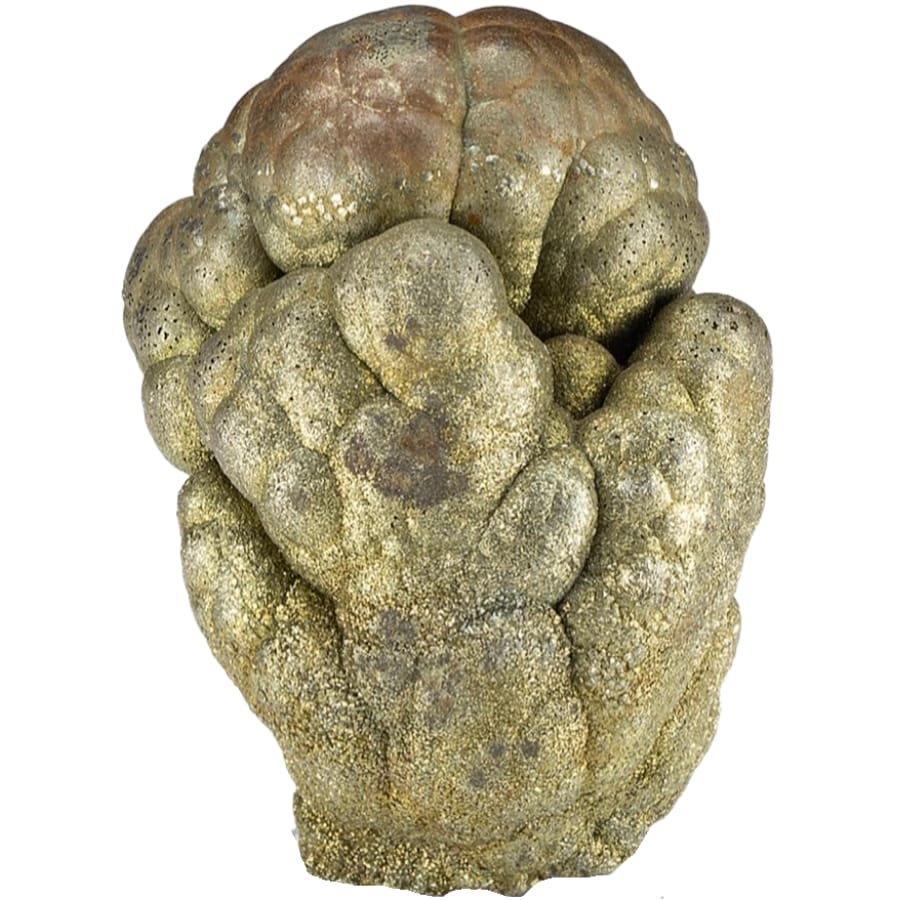
Marcasite is shiny crystal that looks like silver. It’s actually made of iron and sulfur in places where it’s really hot and there’s not much oxygen, like deep down near hot springs or in rocks that formed a long time ago.
This crystal can have different shapes, but one of the most common looks like a flower or a cock’s comb. It’s sparkles in the light, which makes it catch your eye.
People value marcasite for a few reasons. One big reason is for jewelry. It’s used to make necklaces, earrings, and brooches because it has that cool, metallic look but isn’t as expensive as other shiny stones or metals.
Collectors who love rocks and minerals enjoy finding marcasite because it’s a bit different and not something you see every day. Its unique look and the way it forms make it a neat addition to any collection.
Where you can find marcasite in Mississippi
To find marcasite here, you can pay a visit to the Natchez Trace Parkway.
Siderite
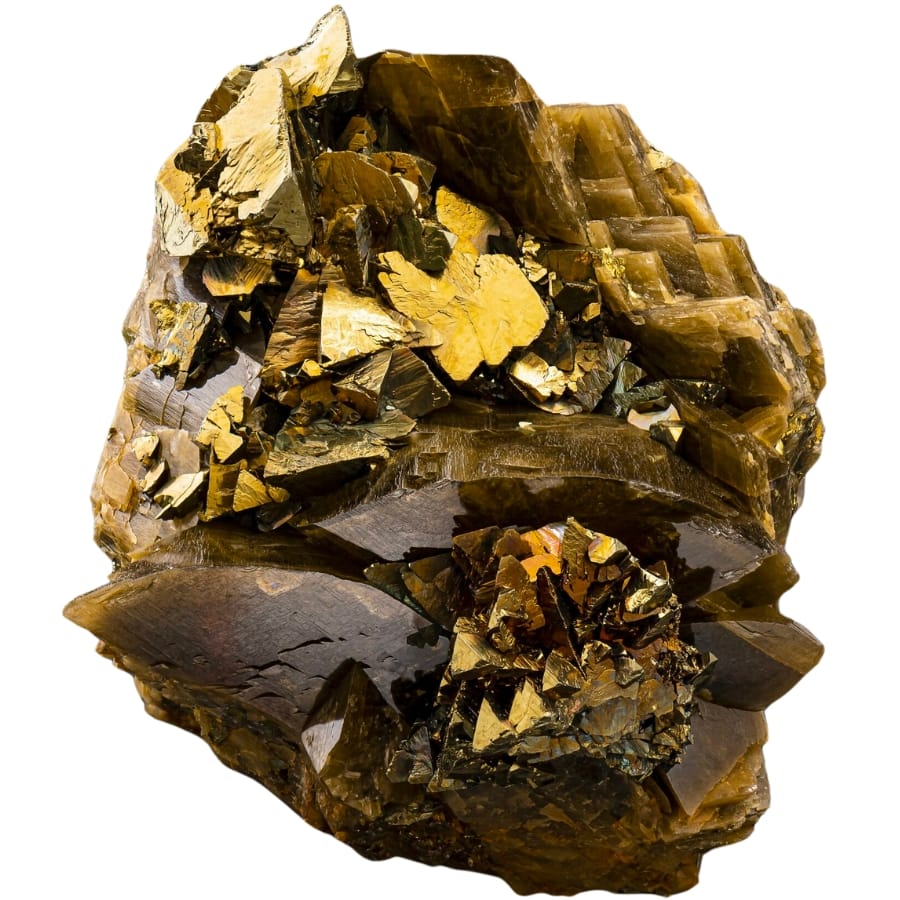
Siderite is made up of iron, carbon, and oxygen. Think about places where there’s a lot of water, like swamps, lakes, or the bottom of the ocean.
When iron and other stuff mix together in the water and then get buried under layers of mud and sand, siderite can start to form.
This crystal is usually brown or yellowish, and it can look really shiny when it’s polished up. It forms in different shapes, but often you’ll find it in round masses or crystals that look like little blades or rhombohedrons.
Siderite can be a clue to finding other important minerals and metals. Because it forms in places with lots of iron, it can lead the way to deposits of iron ore, which is important for making all kinds of things from cars to buildings.
Another reason folks like siderite is for collecting. Mineral collectors enjoy finding it because it’s pretty interesting to look at and not something you come across every day.
Where you can find siderite in Mississippi
Lucky for you, there are notable deposits of siderite in Benton, Lafayette, Marshall, and Tippah counties.
The Most Valuable Rocks and Minerals in Mississippi
As we said earlier, while Mississippi is not very known for having many different rocks and minerals, it will surprise with what wonders it has.
Aside from the common rocks, minerals, gems, and crystals that we shared with you, our state also hides some valuable natural treasures that will fascinate you.
Amber
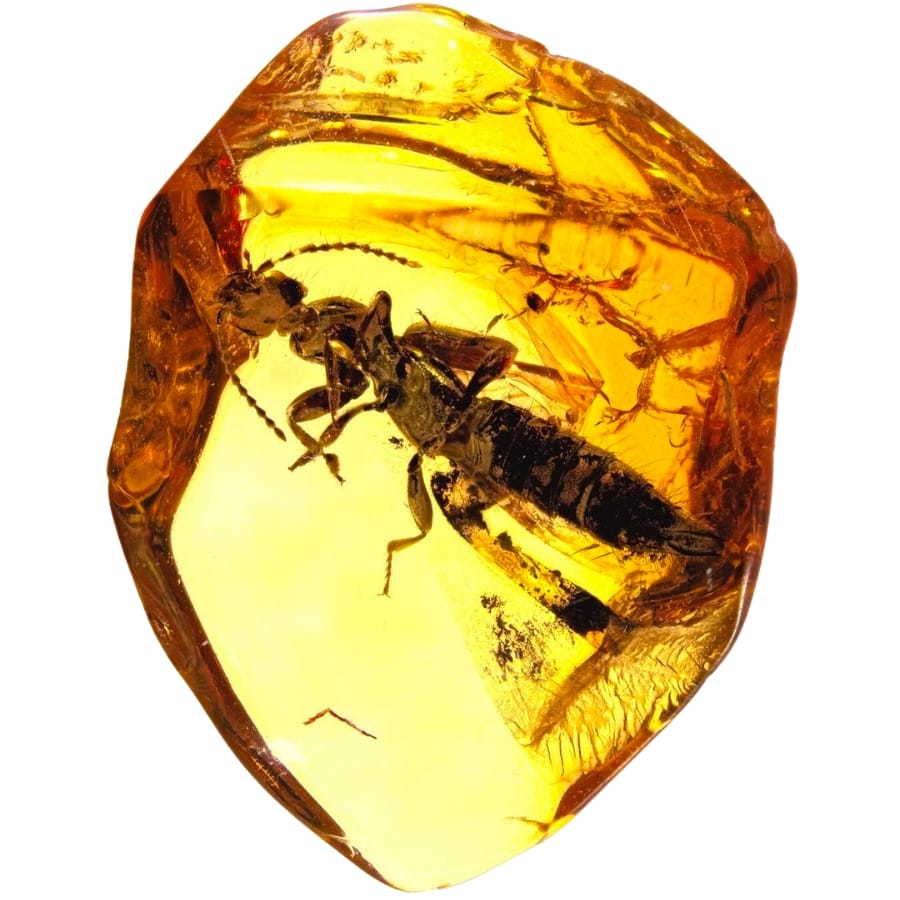
Amber is not really a stone, but actually ancient tree sap that has turned solid over millions of years.
Imagine a tree, a really long time ago, dripping sticky sap. Over time, this sap gets covered by dirt and sand, and with lots of pressure and changes, it hardens into what we call amber.
One of the coolest things about it is that sometimes it traps things inside, like leaves, insects, or even small animals. It’s like a natural time capsule, giving us a peek at life from a long time ago.
People value amber for a bunch of reasons. It’s beautiful and can be polished to make jewelry that glow with warm colors ranging from yellow to deep orange or even green and blue.
Another reason amber is valuable is because of the fascinating things trapped inside it. These tiny fossils can help us learn about the plants and animals that lived millions of years ago.
Where you can find amber in Mississippi
Amber is quite widespread in our state and among the places you can search for it in are:
- Charleston area
- Paden area
- Twentymile Creek
Petrified Wood
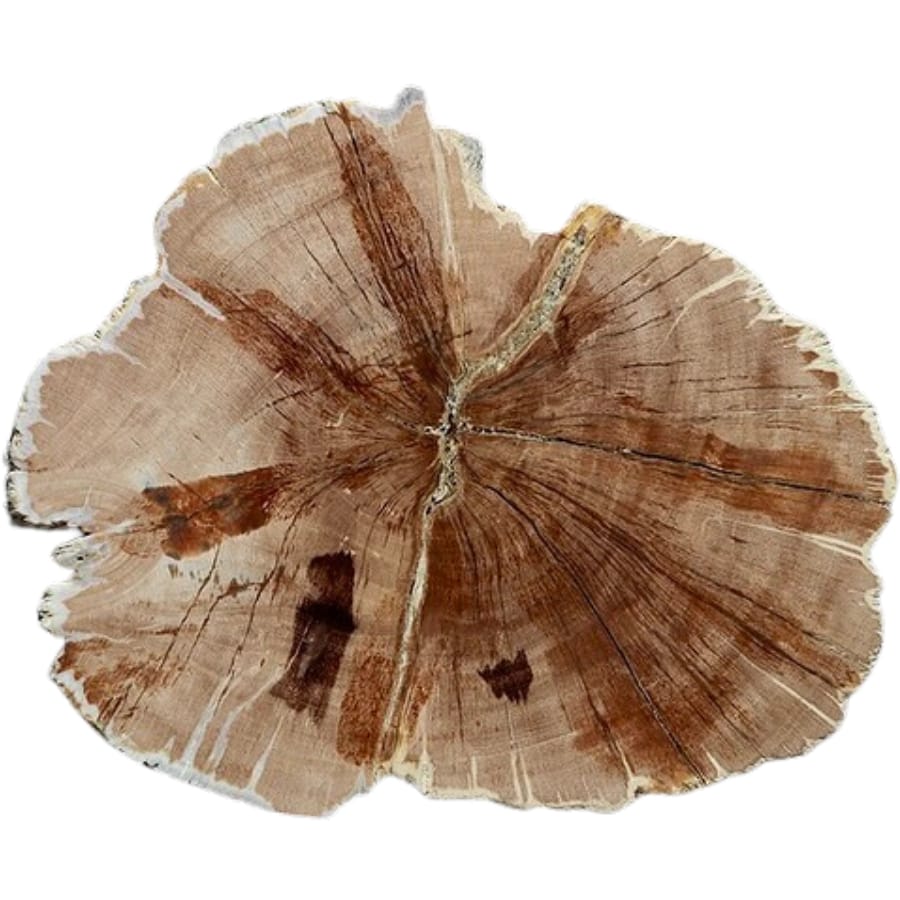
Petrified wood is wood that’s turned into stone! This happens when a tree falls and gets buried under mud or ash.
Over a really long time, water with minerals in it soaks into the wood. Bit by bit, those minerals replace the wood parts, until what’s left looks like wood but is actually stone. This can take millions of years!
The worth of petrified wood isn’t just because it’s pretty, but it’s like a natural history book. Each piece tells a story from a long time ago, showing us what kinds of trees were around.
Plus, the minerals can make it all sorts of beautiful colors, like reds, yellows, and greens, which makes each piece unique.
People love petrified wood for many reasons. It’s used in jewelry, decorations, and even as special pieces in museums. Collectors look for it because each piece is one-of-a-kind.
Where you can find petrified wood in Mississippi
Mississippi is blessed with a rich deposit of petrified wood and among the sites where you can find it are:
- Green Brothers Gravel Company
- Middle Fork
- Waynesboro area
Pearl
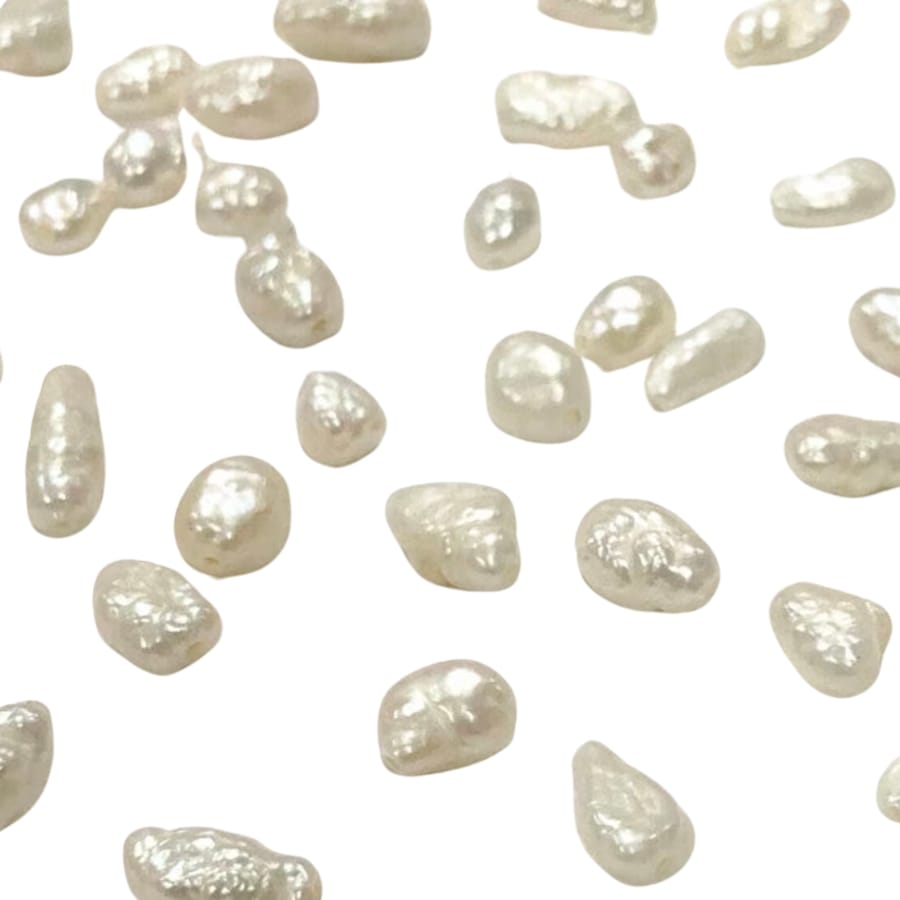
A pearl is not found in the ground but inside oysters and some other mollusks, living in the ocean or rivers.
Imagine a tiny grain of sand gets inside an oyster’s shell. To protect itself, the oyster covers that grain with layers of a smooth, shiny substance called nacre, the same stuff it uses to make its shell. Over time, these layers build up and form a pearl.
Pearl’s price comes from how beautiful, rare, and hard to get they are. Not every oyster will make a pearl, and finding them can be a big challenge.
It can be all sorts of colors, from white to black, and even pink or blue, depending on the type of oyster that makes them.
People have loved it for a long time because it’s so pretty and it doesn’t need to be cut or polished to look great. It’s used in all kinds of jewelry, making them a favorite for special gifts.
Where you can find pearl in Mississippi
Like petrified wood, pearls are pretty widespread in our state. You can find them if you explore the following areas, among others:
- Countywide in streams and lakes of Adams County
- Countywide in lakes and streams of Harrison County
- Countywide in lakes and streams of Lawrence County
How to Identify The Rocks and Minerals You Find
Aside from getting familiar with the common and even the valuable rocks and minerals that you can find in Mississippi, it also helps if you know simple tips to identify them when you’re exploring in the field.
Here are some practical and helpful tips that you can do to identify what you find out there:
Look at its color and general appearance
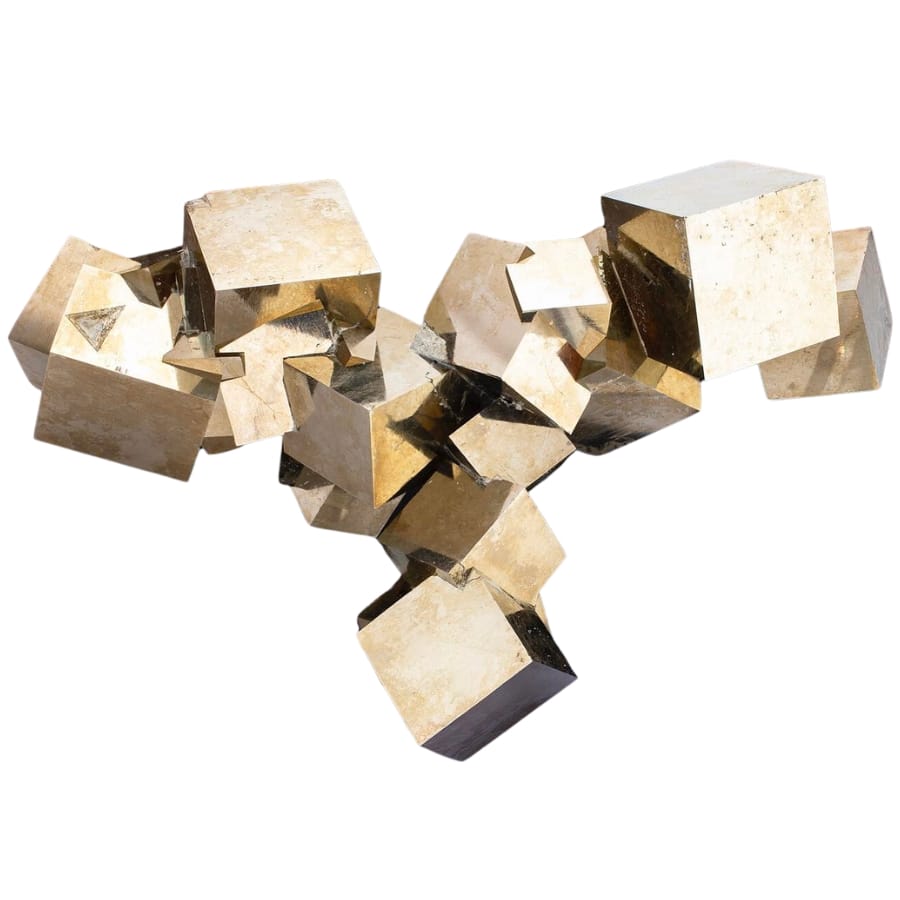
Most minerals have a distinct color or a range of colors that can help narrow down what it could be. However, be cautious, as some minerals can come in various colors.
Besides color, look at its luster (how shiny it is) and its shape or structure. For example, quartz often has a glassy luster and can come in clear, pink, or smoky colors, while pyrite, known as fool’s gold, has a metallic luster and gold color.
Do a simple hardness test
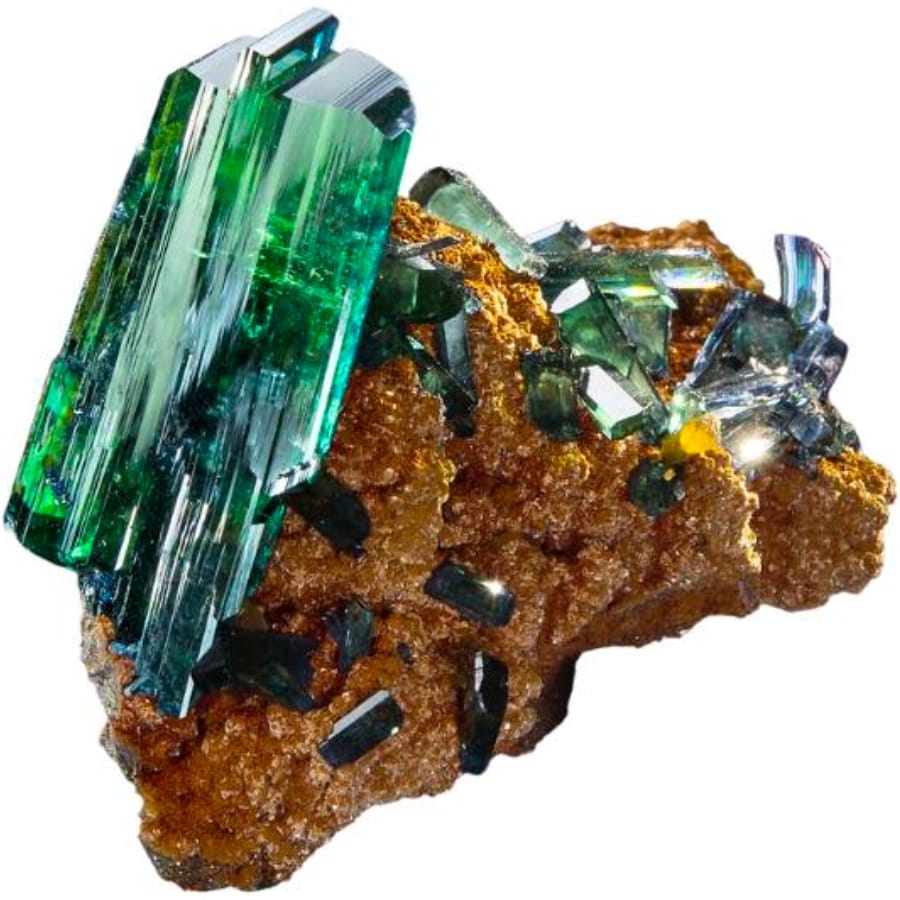
The Mohs Hardness Scale is a tool that ranks minerals from 1 (softest) to 10 (hardest). You can use common objects to scratch the mineral and see where it fits on the scale.
For example, if your fingernail (hardness 2.5) can scratch it, the mineral is softer than 2.5. If a copper penny (hardness 3) scratches it but your fingernail doesn’t, the mineral’s hardness is between 2.5 and 3.
This test helps you narrow down the possibilities.
Try a streak test
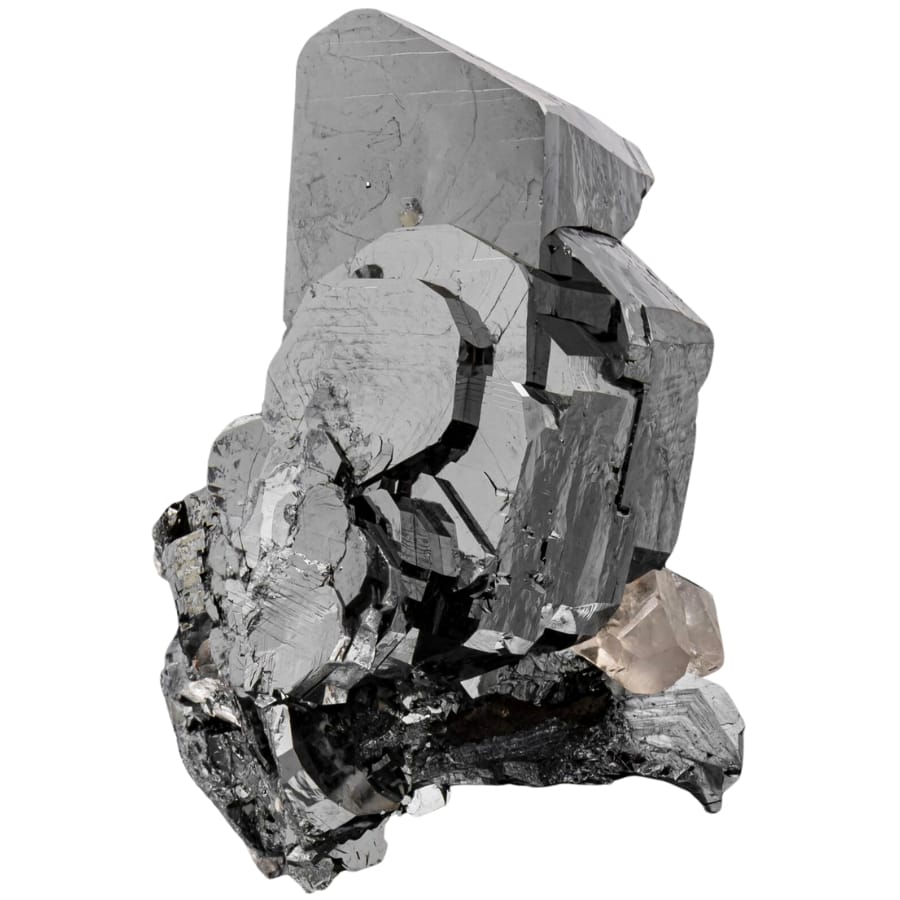
The streak test involves rubbing the mineral across an unglazed porcelain plate to observe the color of its powder. This can be different from the color of the mineral itself and is often more reliable for identification.
For instance, hematite will leave a reddish-brown streak, regardless of the color of the mineral sample. This test is particularly useful for identifying opaque minerals.
Conduct an acid test
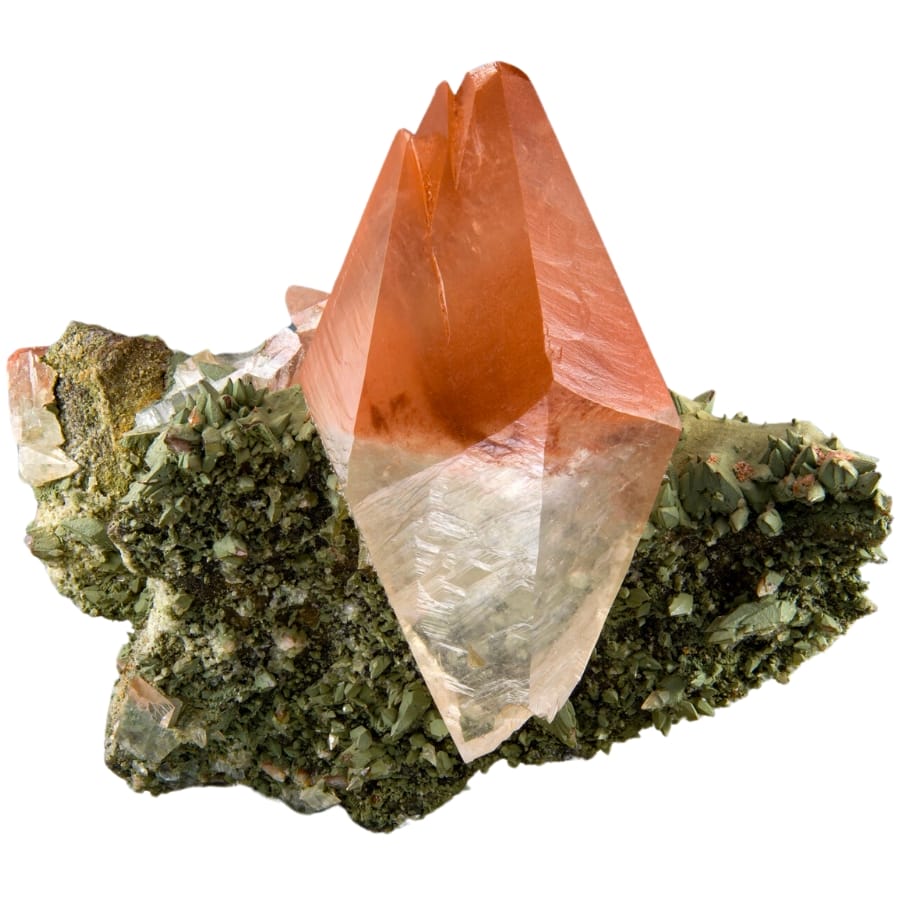
For rocks containing carbonate minerals like calcite, you can use a drop of dilute hydrochloric acid or even vinegar. If the rock or mineral fizzes, it contains carbonate.
This reaction is due to the acid reacting with the carbonate to produce carbon dioxide gas. This test is handy for identifying limestone and other carbonate rocks.
Feel its weight and texture
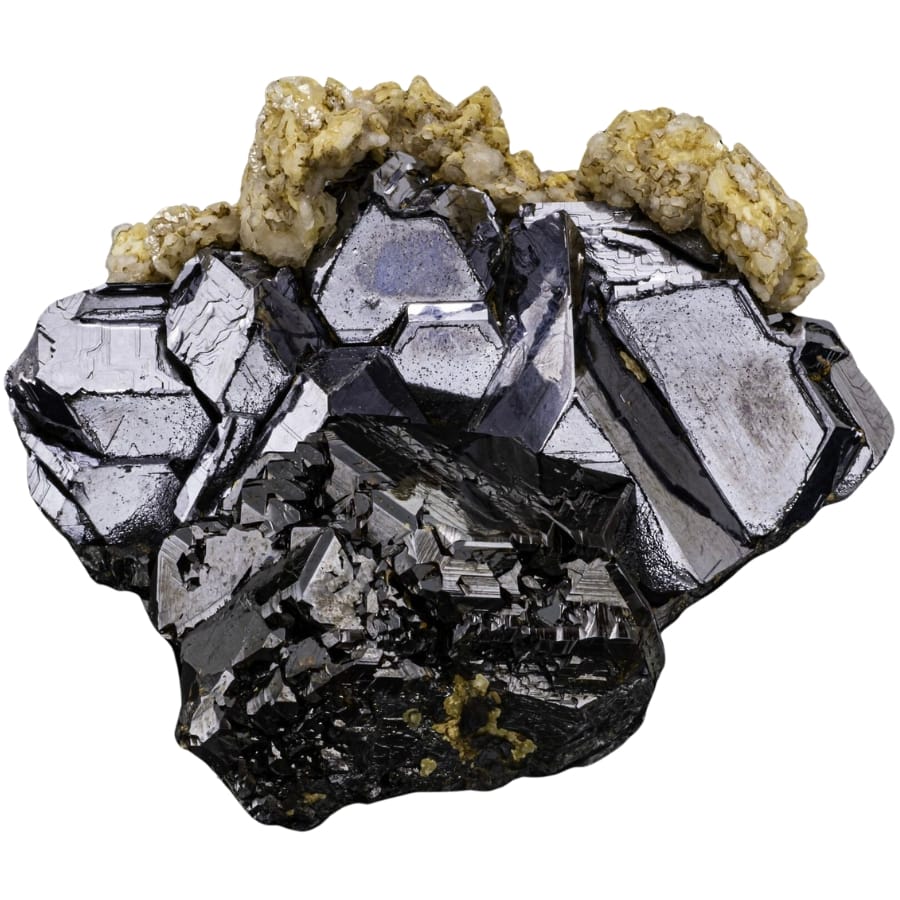
Some minerals have a characteristic weight or feel. For example, galena is very dense and heavy for its size because it contains lead. Talc has a distinctly greasy or soapy feel.
While this method is more subjective and requires a bit of experience, getting a feel for the heft and texture of minerals can be a helpful identification tool in combination with other methods.

